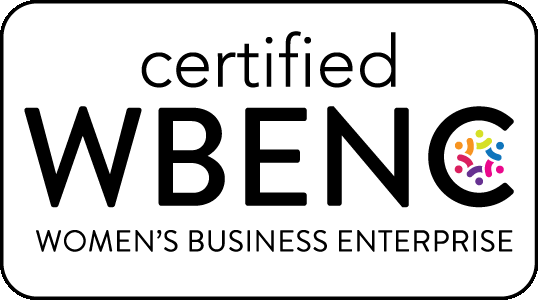The pandemic helped employers better appreciate the link between employee well-being, engagement, and productivity. So over the past few years, employers have boosted well-being offerings in a big way. But all the benefits in the world can’t erase what is fundamentally the biggest influence on employee happiness and well-being—and that is workplace culture.
Let’s take a look at a few areas where workplace culture might be creating a “well-being disconnect”—and how to repair the connection.
Help managers help their employees
Given the shocking statistics on employee burnout and declining mental health, you’ve likely taken a closer look at your mental health offerings. Maybe you’ve enhanced EAP benefits, added a mindfulness or stress management app, or offered a mental health first aid course.
The well-being disconnect? We’re learning that much of the stress employees feel comes from their managers and workplace norms. Recent research studies found that:
- 65% of employees say that managers have a big influence on their mental health.
- 69% report that their manager has just as much of an impact on their mental health as their spouse.
- Employees frequently cite the feeling of always being on call, unfair treatment, unreasonable workload, low autonomy, and lack of social support.
The bottom line: It’s critical to take stock of the implicit and explicit messages managers are sending to their team that detract from mental health.
Take action:
- Encourage managers to help employees create boundaries between work and life, set hours when they can and can’t be contacted, and truly unplug during time off and vacations.
- Make sure they hold regular check-ins with employees to discuss workload, identify areas where support is needed, and revisit long-term career goals.
- Urge managers to role-model healthy work-life balance behaviors themselves.
Walk the talk on caregiving and flexibility
Caregiving is another area where we’ve seen employers step up benefits. Onsite daycare centers, back-up daycare, increased parental leave and elder care resources all help to ease the caregiving burden. Flexible work—in terms of both hours worked and physical location—has also been a boon to caregivers.
The well-being disconnect? The organization says it supports flexibility around caregiving, but its real-life practices say something else. Team members who work remotely are excluded from impromptu meetings. A parent who leaves early on Mondays and Wednesday to pick up a school-aged child overhears colleagues grumbling that they’re “never around.” New fathers who take the full amount of parental leave feel disapproval from their male colleagues.
The bottom line: While the organization may offer generous caregiving benefits and flexibility, whether employees can truly take advantage of them really depends on workplace culture.
Take action:
- Get leaders to articulate company values and reinforce them in all-employee meetings.
- Spread awareness and appreciation of caregiving benefits with a great communication campaign.
- Enable employees to take advantage of caregiving resources with back-fills and adequate coverage so work still gets done.
Deepen social connections
Having strong social connections is an important pillar of overall well-being. With many workers now onsite at least a couple days a week, employers have made a concerted effort to boost social connections through team-building events, town halls, and celebrations.
The well-being disconnect? Despite more opportunities to socialize, workers still report feeling lonely. What’s going on? It turns out that the disconnect between our desire for social connection and our actual experiences of that connection can create loneliness.
The bottom line: Employers need to focus more on creating a workplace culture that supports deeper, more meaningful social connections.
Take action:
- Try to make time at the beginning of one-on-one and group meetings to allow for some casual, non-work related conversation.
- Make sure onboarding isn’t just a one-day event—rather a months-long series of structured interactions with cross-functional colleagues, mentors, and peers.
- Ensure your organization allows employees to feel comfortable bringing their authentic selves to work.
- Continually connect people to the larger purpose of their work to create shared meaning with colleagues.
* * * * * * * * * * * * * * * *
We’ve worked on dozens of projects to ensure that company benefits are aligned with organizational values and culture. And we’ve created award-winning communication campaigns to support these efforts. If you’d like help closing the well-being disconnect, contact us.


